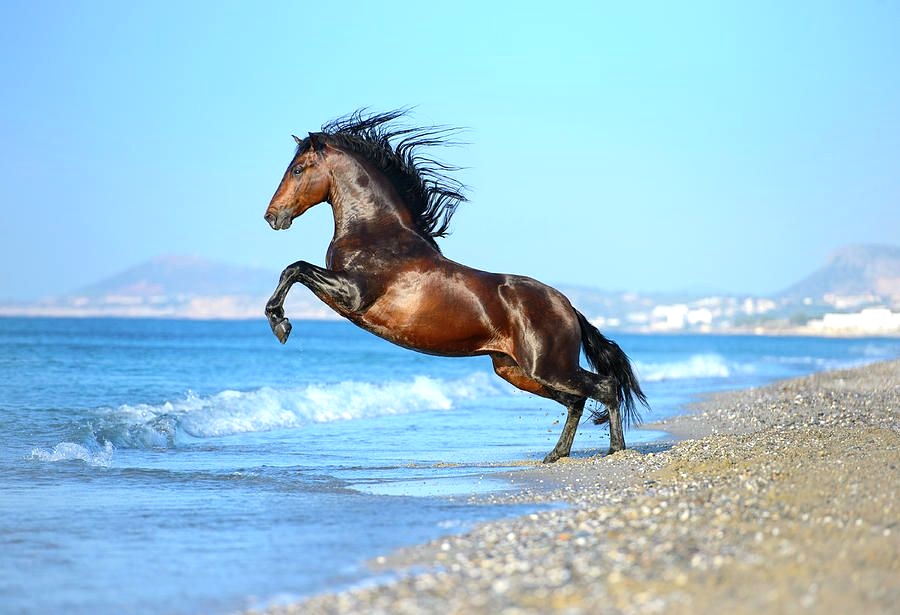Laminitis is a serious condition that affects horses and can cause significant discomfort and lameness. There is no one-size-fits-all answer to the question of what is the best feed for a laminitic horse, but there are certain guidelines that can help owners and caretakers make the best decisions for their animals. The goal of feeding management for horses with laminitis should be to reduce the risk of relapse, provide adequate nutrition, and promote healing of the feet.
Understanding the Risk Factors for Laminitis
The first step in selecting the best feed for a laminitic horse is to understand the risk factors for laminitis. These include overfeeding, excess carbohydrates, obesity, and an unbalanced mineral profile in the diet. Overfeeding high-carbohydrate feeds or providing access to lush pasture can lead to an excessive amount of sugar and starch in the horse’s diet, which can be a contributing factor to laminitis.
Obesity can also be a risk factor, as it can put additional weight on the feet and cause inflammation. Finally, an unbalanced mineral profile can contribute to laminitis, as certain minerals (such as zinc and copper) are important for the development and maintenance of healthy feet and hooves.
Selecting the Right Feed for a Laminitic Horse
The best feed for a laminitic horse should be selected based on the individual horse’s needs and the risk factors that are present. In general, it is best to feed low-sugar and low-starch feeds that are specifically formulated for horses with laminitis. These feeds are typically high in fiber and low in sugar and starch, which can help reduce the risk of relapse.
It is also important to ensure that the diet is balanced and that the horse is getting the right ratio of minerals and vitamins. Many commercial feeds are formulated to provide the right balance of nutrients, but it is important to read the labels carefully and consult with a veterinarian or equine nutritionist if needed.
Feeding Strategies for Laminitic Horses
In addition to selecting the right type of feed, there are other strategies that can be used to help reduce the risk of laminitis. Feeding smaller meals throughout the day can help reduce the risk of overfeeding, as can providing access to hay or forage for grazing.
For horses with a tendency to become overweight, it is important to measure the horse’s body condition score regularly and adjust the diet accordingly. This can help ensure that the horse is not consuming excess calories and can help reduce the risk of laminitis.
Managing Exercise and Stress
In addition to managing the diet, it is important to manage the horse’s exercise and stress levels. Horses with laminitis should be restricted to light exercise or turnout in a dry, safe area with no hard surfaces. It is also important to limit the horse’s access to lush pastures, as this can lead to an excessive amount of sugar and starch in the diet.
Finally, it is important to manage the horse’s stress levels by providing a calm, quiet environment and avoiding activities that may cause the horse to become anxious or overstimulated.
Conclusion
Finding the best feed for a laminitic horse is an important part of managing the condition, but it is only one part of the puzzle. Other strategies, such as managing the horse’s exercise and stress levels and providing access to hay or forage for grazing, can also help reduce the risk of relapse and promote healing of the feet. It is important to consult with a veterinarian or equine nutritionist if needed to ensure that the horse’s diet is balanced and that the horse is receiving the proper nutrition.

